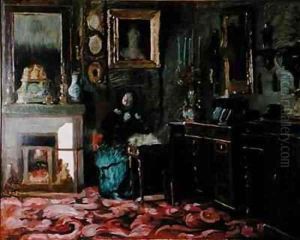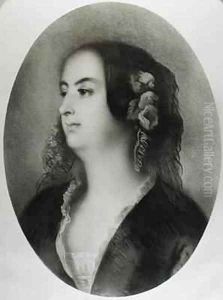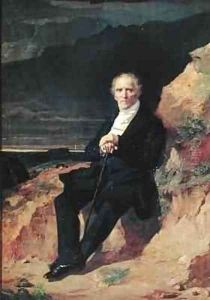Jean Francois Gigoux Paintings
Jean Francois Gigoux was a French painter, engraver, and illustrator born on January 6, 1806, in Besançon, France. He was one of the prominent artists of the 19th century who had a considerable impact on the French Romantic and Realist movements. Gigoux initially trained at the École des Beaux-Arts in Besançon and then continued his education in Paris, where he studied under the neoclassical painter François-Édouard Picot.
Gigoux's work was diverse, encompassing history paintings, portraits, landscapes, and genre scenes. He first gained recognition as an illustrator, providing illustrations for editions of works by notable authors such as Molière and Dante. His talents as an illustrator were highly sought after, and he worked on numerous literary projects throughout his career.
In addition to his illustrations, Gigoux was known for his skill as an engraver. His engravings often replicated works by other famous artists and were widely distributed, contributing to his reputation. As a painter, Gigoux exhibited at the Paris Salon, where he received several medals for his work. His paintings often depicted historical and mythological subjects, reflecting the Romantic interest in drama and emotion.
Despite his success, Gigoux did not confine himself solely to art. He was also known for his relationships with prominent literary figures and his participation in the cultural life of Paris. Gigoux never married but was known for his long-term relationship with the writer George Sand after her separation from Frédéric Chopin. This relationship further entrenched him in the bohemian and intellectual circles of the period.
Throughout his career, Gigoux remained engaged with the art world and its developments. He was a member of various artistic societies, including the Société des Artistes Français, and he was awarded the Legion of Honour, France's highest order of merit, in recognition of his contributions to the arts.
Jean Francois Gigoux's career spanned several decades and artistic movements, reflecting the transitional nature of 19th-century French art. He passed away at the age of 88 on December 11, 1894, in Paris. Gigoux left behind a substantial body of work that continues to be appreciated for its technical skill and its embodiment of the spirit of an era.


